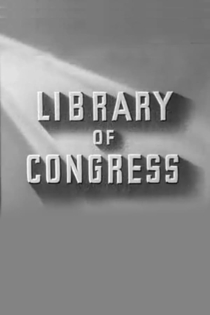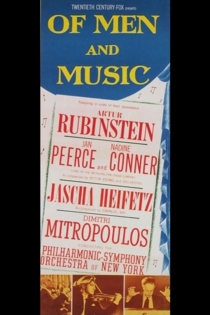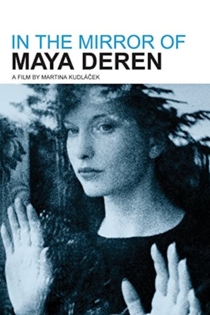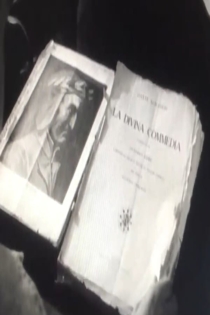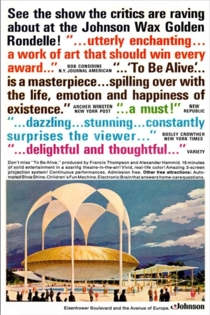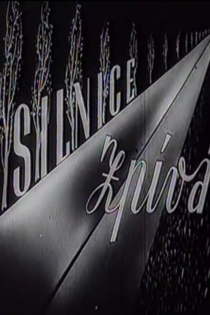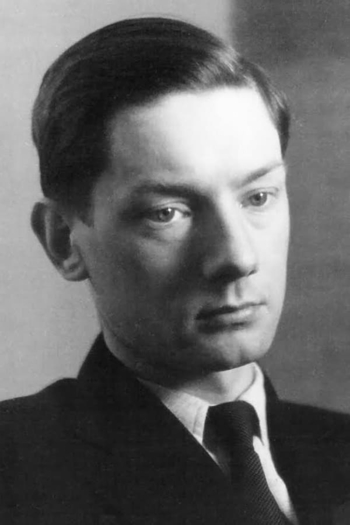
Alexander Hammid
1907 - 2004Meshes of the Afternoon
Maya Deren, Alexander Hammid
Maya Deren, Alexander Hammid
A woman returning home falls asleep and has vivid dreams that may or may not be happening in reality. Through repetitive images and complete mismatching of the objective view of time and space, her dark inner desires play out on-screen.
Meshes of the Afternoon

At Land
Maya Deren
Maya Deren, John Cage
A woman lies on the sand, left there by the tides and waves (and in a pose that would be copied in From Here to Eternity). She reaches up across tree roots and makes a difficult climb. Only to discover herself climbing horizontally along a long dinner table as bourgeoise black-tie guests chat and drink and smoke, oblivious to her. At the top of the table, a man is playing chess but abandons the game. Fascinated, she gazes at board, the pieces moving unaided. The woman chases a pawn as it falls to the floor. Falls down a waterfall. Is lost.
At Land

Aimless Walk - Alexander Hammid
Martina Kudlácek
Alexander Hammid
We accompany the 90-year-old filmmaker Alexander Hammid on a stroll through New York, wandering with him through the outer and inner landscapes of his world. The observation of details takes on a meditative character.
Aimless Walk - Alexander Hammid

Maya Deren, Take Zero
Jaime Ballada, Gerard Gil
Maya Deren, Alexander Hammid
This documentary interweaves celluloid and voice recordings by Maya Deren, and colleagues who knew her firsthand: Jean Rouch, Jonas Mekas, Alexander Hammid, Cecile Starr etc. Maya Deren (1917-1961) was an experimental filmmaker. In the 1940s and 1950s she made several influential avant-garde films, such as Meshes of the Afternoon (1943). Images from this and her other work are used in this documentary. You can also hear her voice, as well as accounts by contemporaries such as Jean Rouch and Jonas Mekas.
Maya Deren, Take Zero

Bezúčelná procházka
Alexander Hammid
This first true Czech avant-garde film turns away from a purely celebratory approach to the city. The camera follows a detached protagonist on his wanderings, as his highly subjective journey becomes a fragmented visualization of urban landscapes.
Aimless Walk

Library of Congress
Alexander Hammid
Ralph Bellamy
A 1945 Oscar nominated short documentary about the Library of Congress. It is one of 26 documentary shorts produced between 1942 and 1945 by the U.S. Overseas Film Bureau, and intended to show foreign viewers something about America and it's values, this one focuses on the important institution in Washington D.C. which preserves written and other works that have been copyrighted, as part of the country's heritage.
Library of Congress
